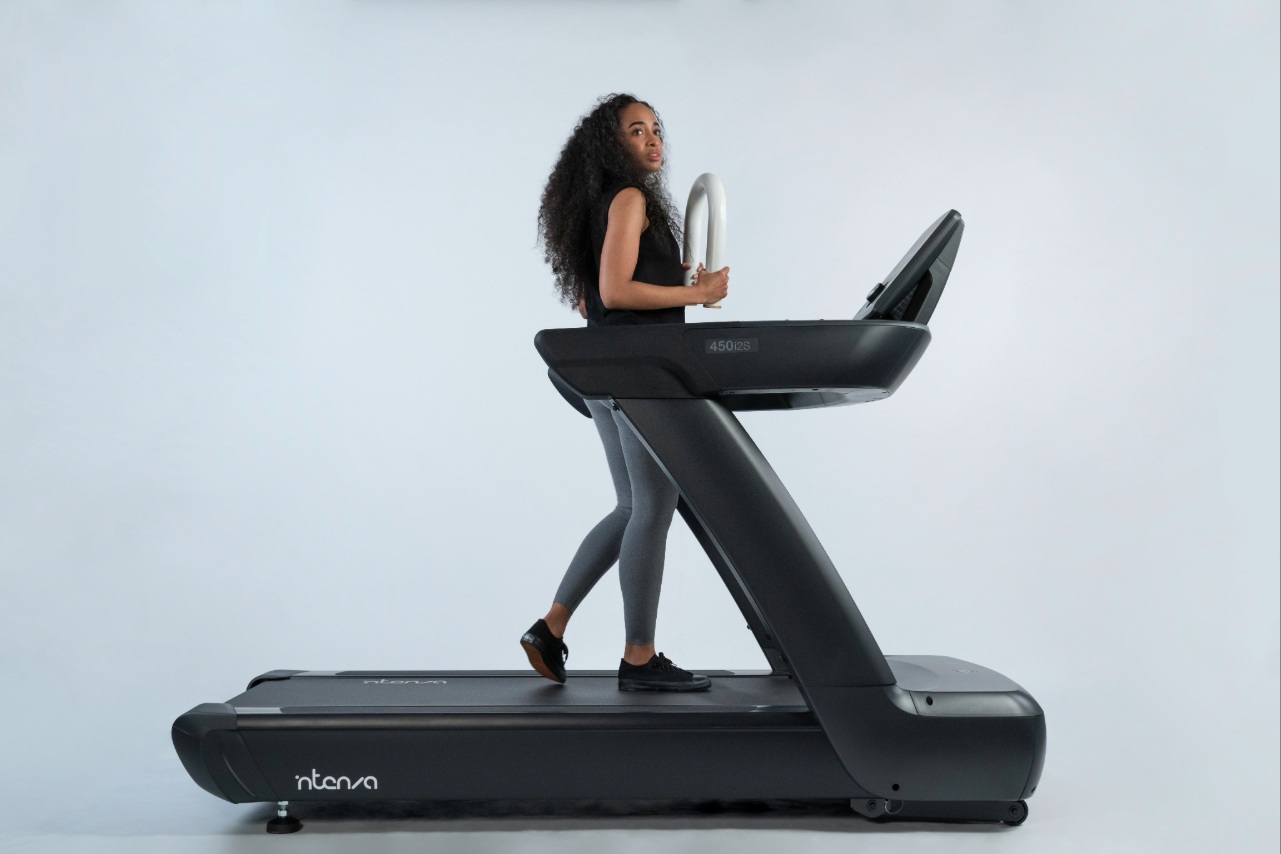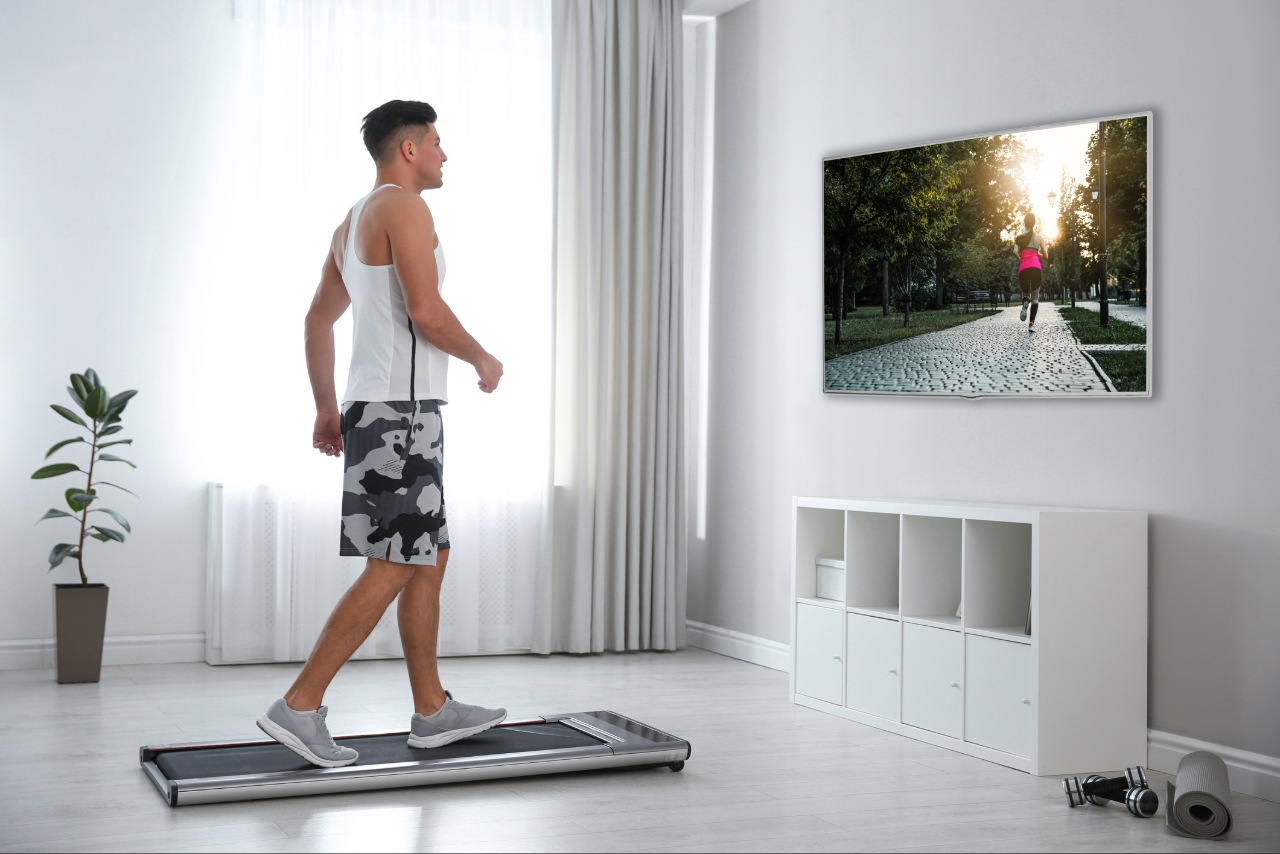There’s something seriously epic about standing in front of the mirror for the first time, wearing your new wetsuit, bicycle by your side, running shoes on the floor and realizing you’re about to become a triathlete. That feeling that you’re about to take on the ultimate endurance challenge as you combine swimming, cycling, and running. It’s the first step in an all-new discipline; one that can open up a whole new world of challenges and travel as you head here, there and everywhere, the word Ironman now ricocheting in the back of your brain.
But before you get there, you have to conquer your first triathlon.
And it’s going to be wild.
Whether you're a seasoned runner looking to shake things up or a fitness fanatic on the hunt for a new adventure, tackling your first race promises to be an adrenaline-filled journey. But before you dive headfirst into the swim-bike-run world, let's break down the essentials you need to know. It’s time to go from total newbie to triathlon-pro with this comprehensive guide. Let’s do this:

The Triple Threat: Swim, Bike, Run
The fact you’re here, getting ready to stand on the start line of a triathlon means you've conquered racing on two legs. But now it's time to add swimming and cycling to the mix as you test your skill and endurance. That’s the aim of the game with triathlons. They are all about pushing your limits across three disciplines back-to-back. To do this successfully, our overarching advice is simple: train for each leg separately without forgetting the golden rule – practice transitioning from one discipline to the next in order to shave some seconds off your time.
Choose Your Distance Wisely
That’s right. Triathlons come in all sorts of different shapes, sizes and distances, from the short n’ sweet sprint triathlons to the truly epic test of mind and body that is the Ironman. Being your first foray into the triple-threat world, however, we recommend every beginner starts with a sprint triathlon, which typically involves a 750m swim, 20km bike, and 5km run. That’s the best starting point and, as you gain confidence, a great place for you to level up to longer distances.
Gear Up, But Keep It Simple
One of the most overwhelming parts of the triathlons for beginners is the gear required. Sure, triathlons involve a fair bit of gear by the very nature of including three separate disciplines, but don't let that stun you. Just start with the basics: a swimsuit, some goggles, a starter-pack road bike, a helmet, and a pair of comfortable running shoes. Those are your essentials. And then, as you progress, you can start to explore the more specialized triathlon gear. Whatever you choose though, remember, comfort is essential.

Train, Train, Train.
Like we said, triathlon training means mastering three different disciplines, so make sure you plan your training regimen wisely to fit around your lifestyle. It’s about balancing swim, bike, and run workouts to build both strength and endurance. Once you have this schedule in place, start throwing in some brick workouts too (back-to-back bike and run sessions) to prepare yourself for those fast and manic race-day transitions.
Sign-up to our Triathlon Plan to take your run training to the next level

Transition Tricks
There’s no two ways about it: the transitions can make or break your race. It’s that part of the race where you can gain an advantage over your competition, get an edge and set off on the next part of your race in the best possible form. To do this, start by setting up your transition area consciously. We’re talking about laying out your gear in order of use, practicing quick changes, and even considering the use of elastic laces in your running shoes to make that shift as speedy as possible. Essentially, transitioning smoothly is almost like a dance where practice makes (close to) perfect.
Nutrition and Hydration
Fueling your body is crucial for any kind of race, but even more so for a triathlon. Unfortunately, there is no ‘one-diet-suits-all’ solution, so during your training, make sure you experiment with nutrition strategies to find what works best for you. Read articles, follow triathletes, watch Youtube videos, anything you can to understand what sort of nutrition plan’s people use and then tailor them to your body’s wants and needs. Then, when race day arrives, have a pre-race meal that’s rich in carbohydrates and hydrate well. Once the race is underway, plan for on-course hydration and fuel pit stops, and don't forget to replenish yourself after each leg.
Mental Game Matters
Trust us: Triathlons are not just a physical challenge. Instead, they will test your mental resilience in entirely new ways as you push through each discipline. That’s where your ability to dig deep, focus on the finish, and push through the wall will come in. To do this, try visualizing yourself conquering each leg, use positive self-talk throughout your race, and stay focused on your goals, whatever they are. Remember, your mind is as strong as your body, if not stronger.
Know the Course
One way to get an edge and go into your race feeling confident is to familiarize yourself with the race course. It’s about studying everything you can. The swim route, the bike elevation, the terrain for your run, the layout of the transition area, the water conditions, what the course markings look like, where the aid stations are located, the transition rules for the race, any time cut-offs for each sector. Acquiring this kind of knowledge before time will help you strategize and pace yourself effectively, so that your focus is simply on performance.

Practice Open-Water Swimming
The difference between open-water swimming and practicing in the pool is about as stark as they come. That’s why you need to prepare properly and blend the different factors of technique, endurance, and confidence in the water. Begin by building your swim fitness gradually, focusing on both distance and speed intervals. Then move on to open-water practice so that you get more comfortable with the conditions, the cold, the choppy surface, swimming in a crowd, weather conditions, and your sighting techniques to help you navigate effectively during the race. It’s also about proper body position, breathing, and stroke mechanics that will refine your technique. Then, as race day approaches, try to replicate the race conditions in your training so that you’re acclimated to the swim-to-bike transition.
Embrace Race Day Nerves
Race day jitters are normal, even for seasoned triathletes. So embrace the nerves and turn them into excitement. Look at them as eagerness, a want to get started and crush it, because that’s what they are. They’re a sign that you care, that you’re about to do something epic, a realization that you’re about to feel a whole lot of adrenalin come your way. Of course, controlling your nerves comes with experience. So to help you with this, remember to stick to your routine, trust your training, listen to your Runna plan, and remind yourself that crossing that finish line is a victory, no matter what your time.
Get Ready to Tri Like a Pro
And there we have it. The essentials for your toolkit so that you can get out there and conquer your first triathlon. Swim, bike, run – it's a challenge that will push your boundaries, ignite your spirit, take you places you never thought possible, flood you with endorphins, and transform you into a triple threat. So lace up those running shoes, grease up that bike chain, and dive into the swim with confidence because the world of triathlons is about to become a big part of your adventures.
Thanks for reading our beginner’s guide to the triathlons. For more running insights, inspirations, stories and techniques, follow us on Instagram to take your runs to the next level.

















.jpg)